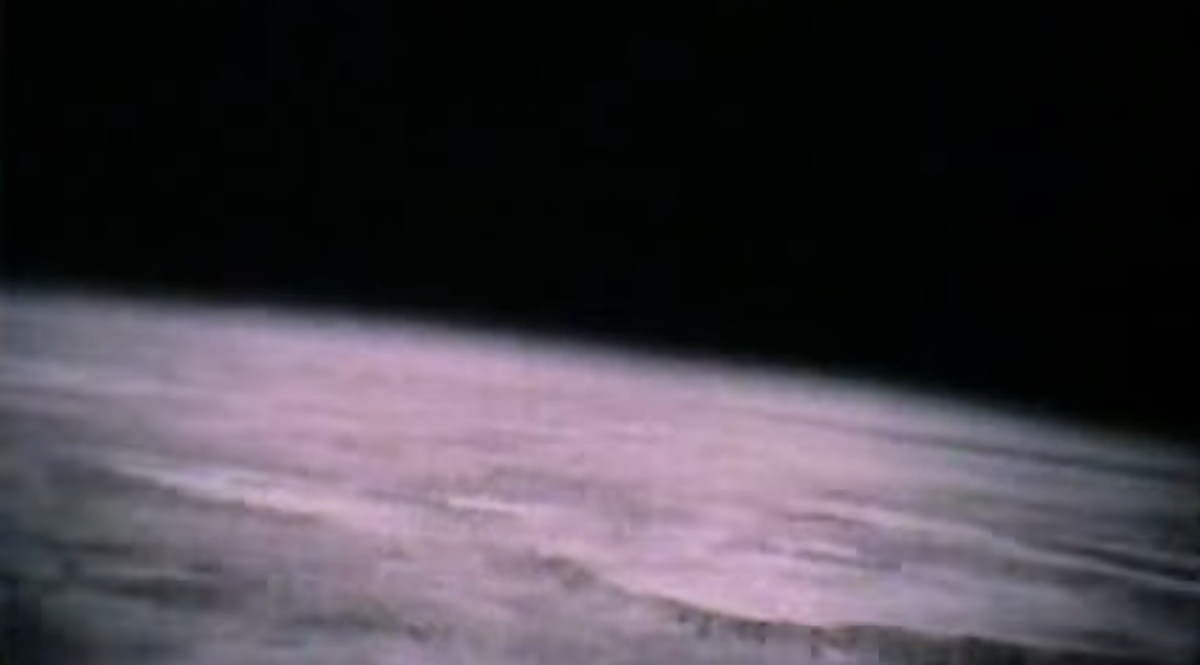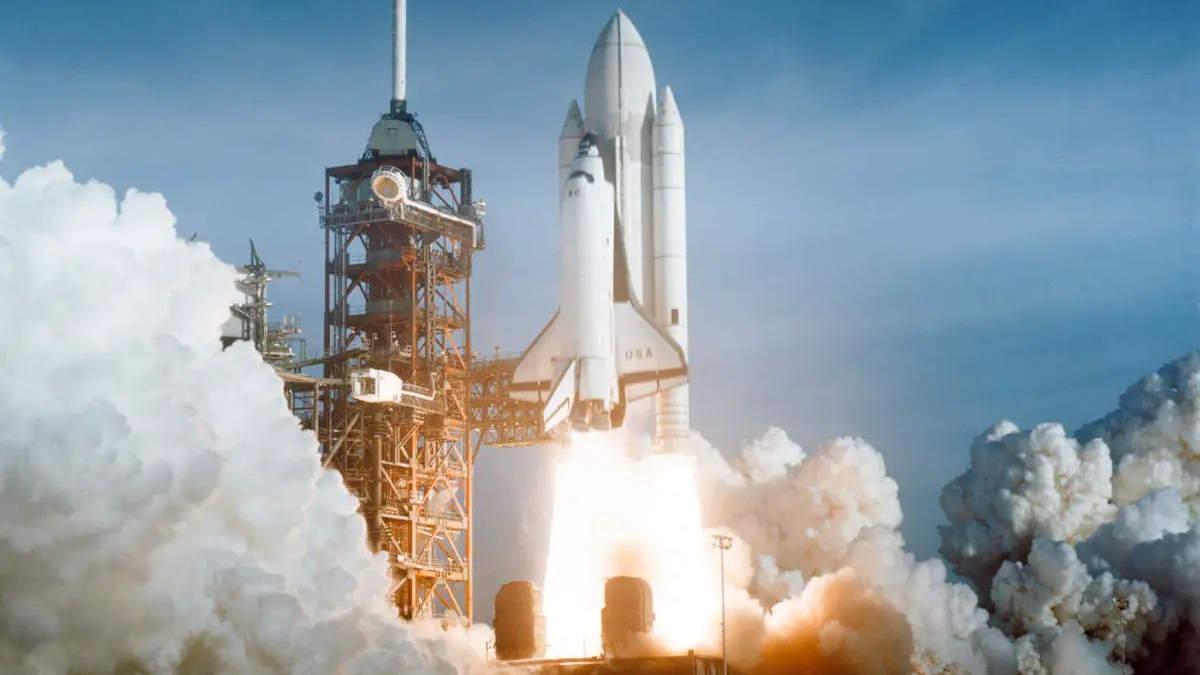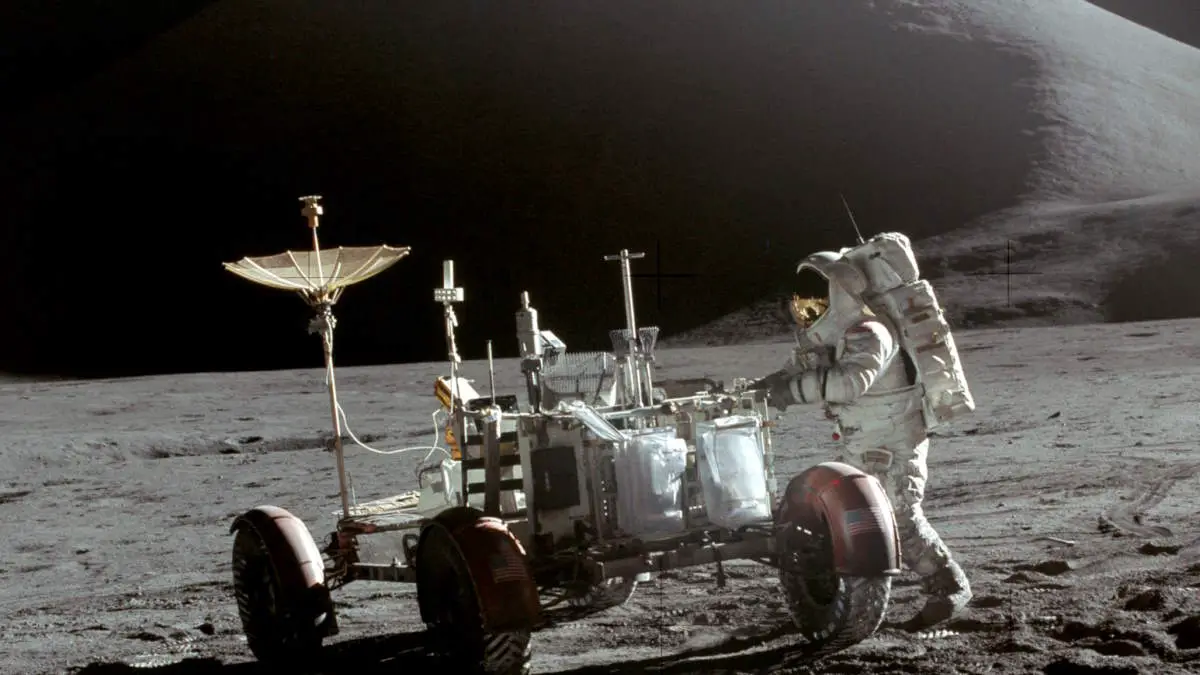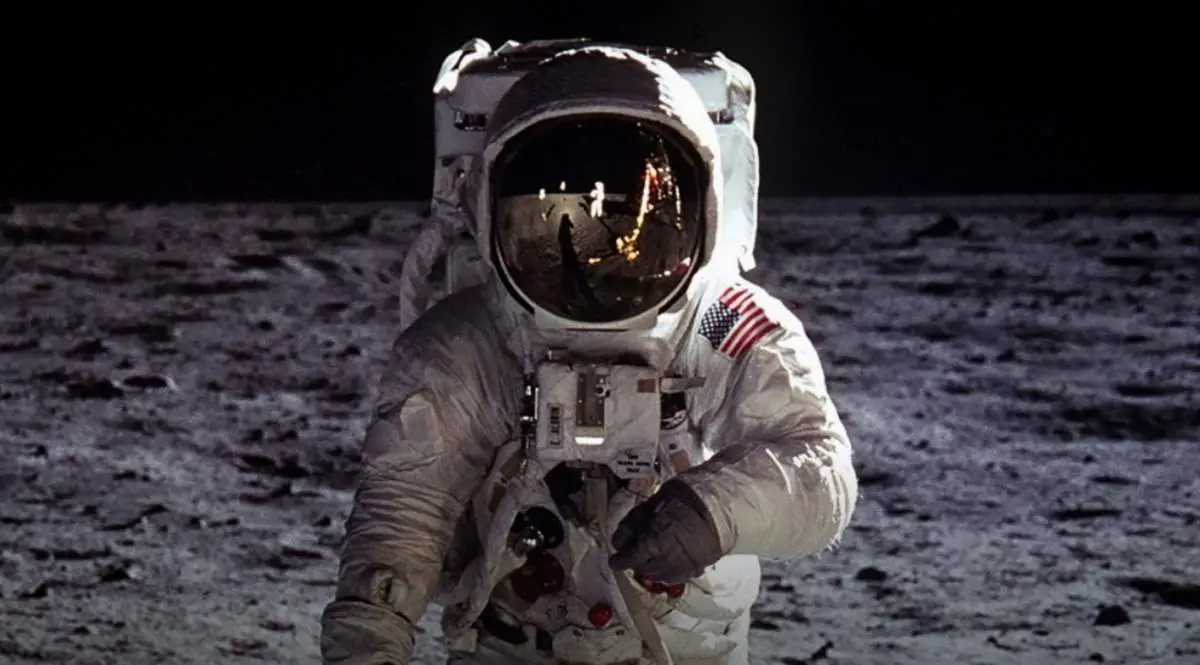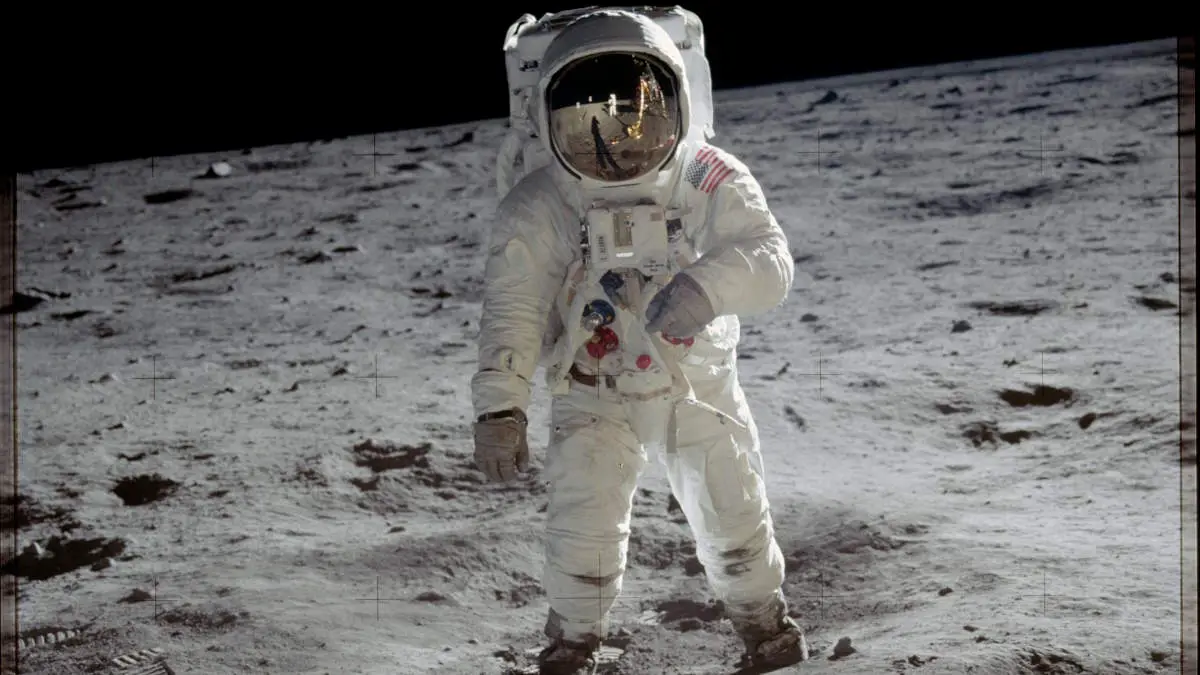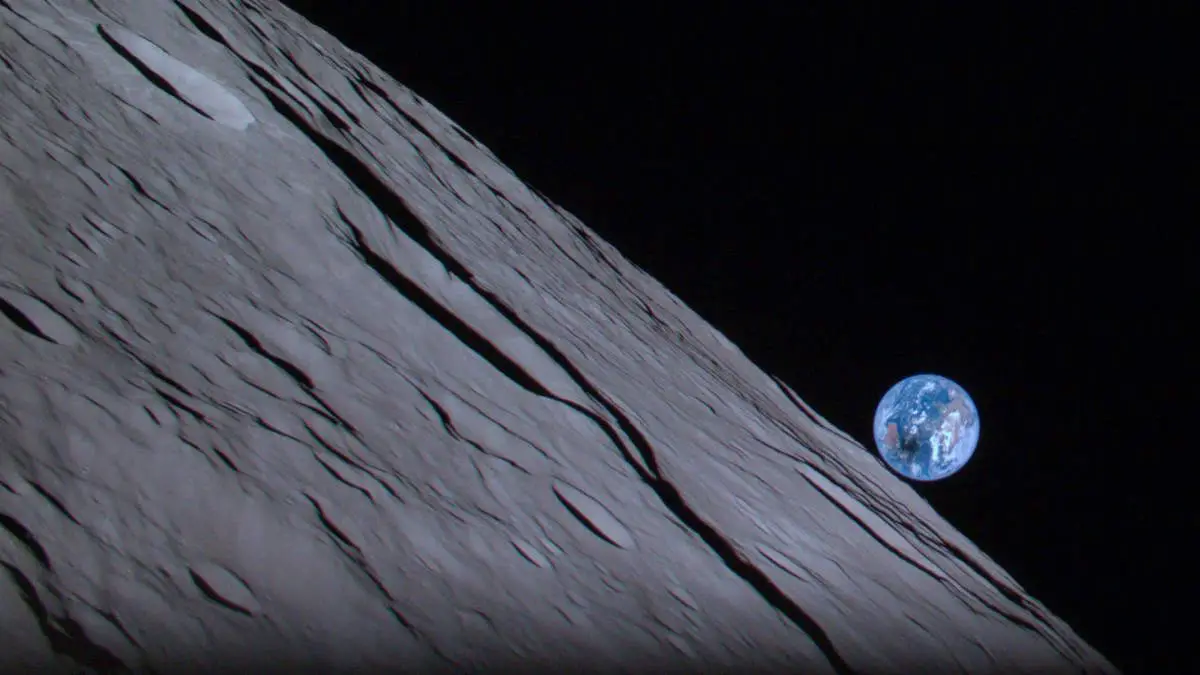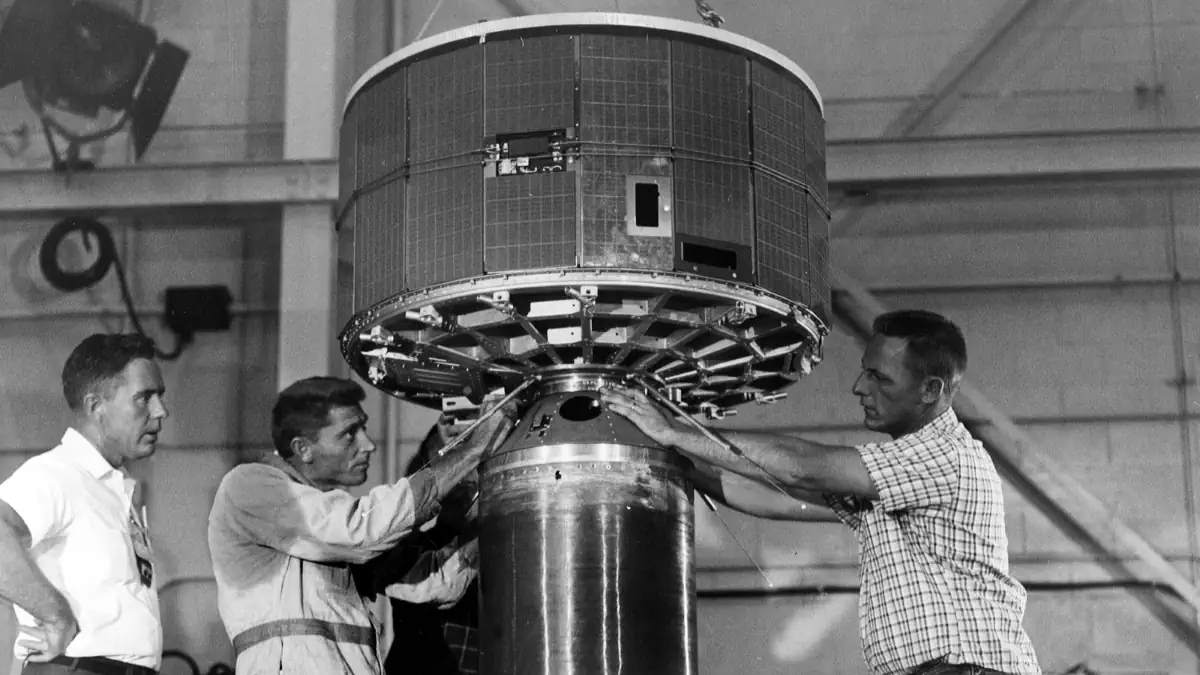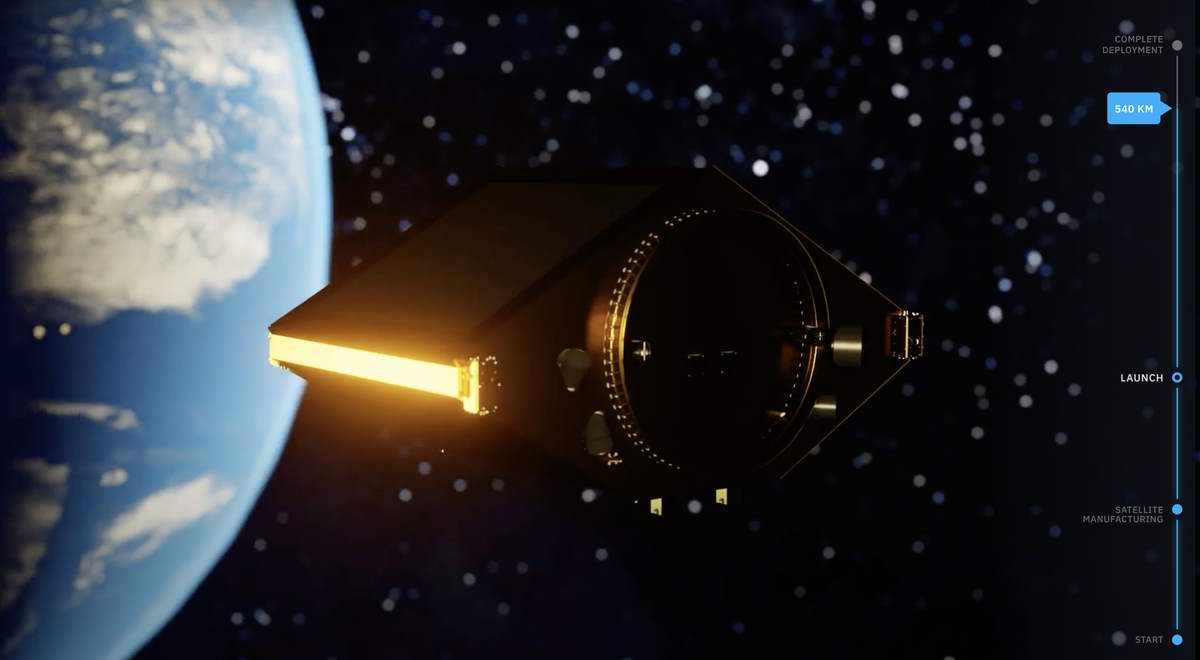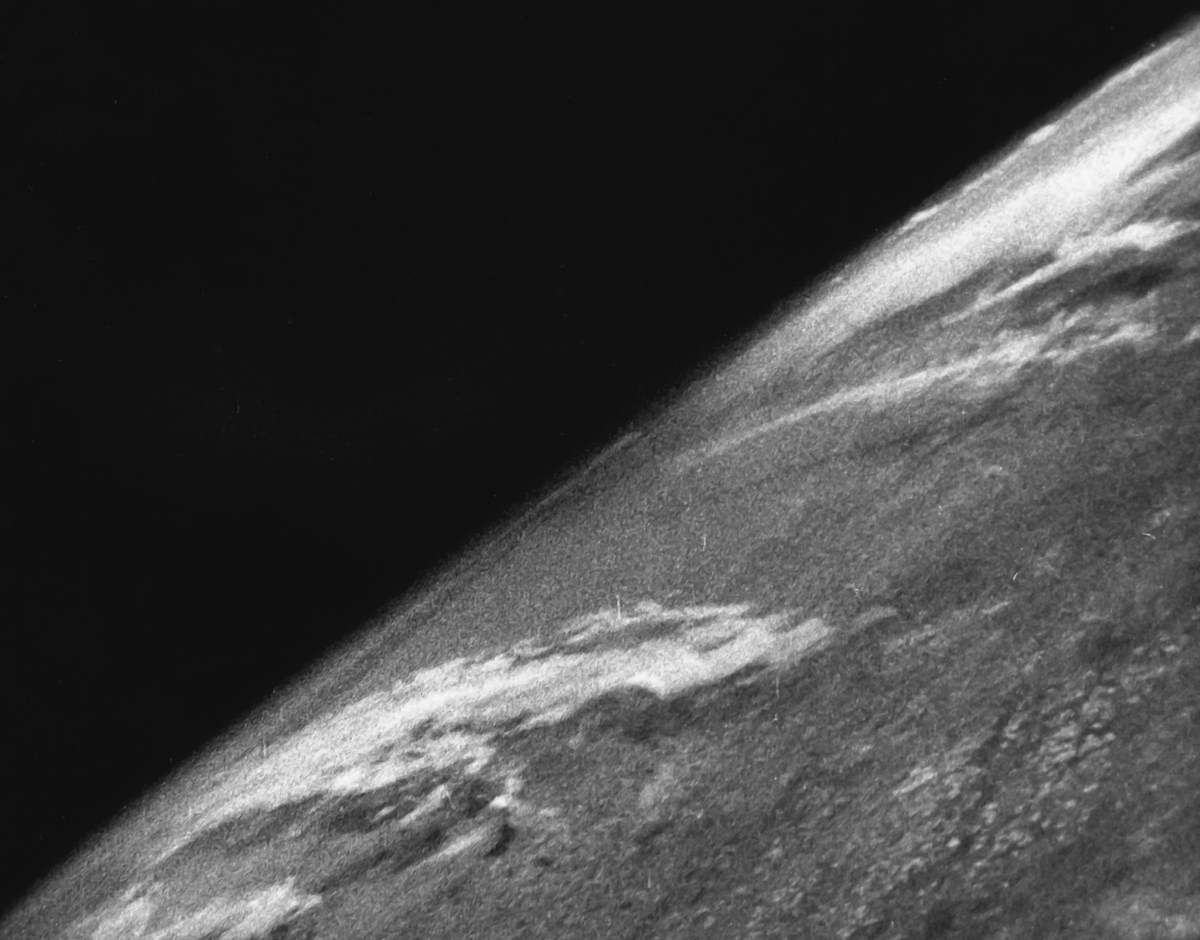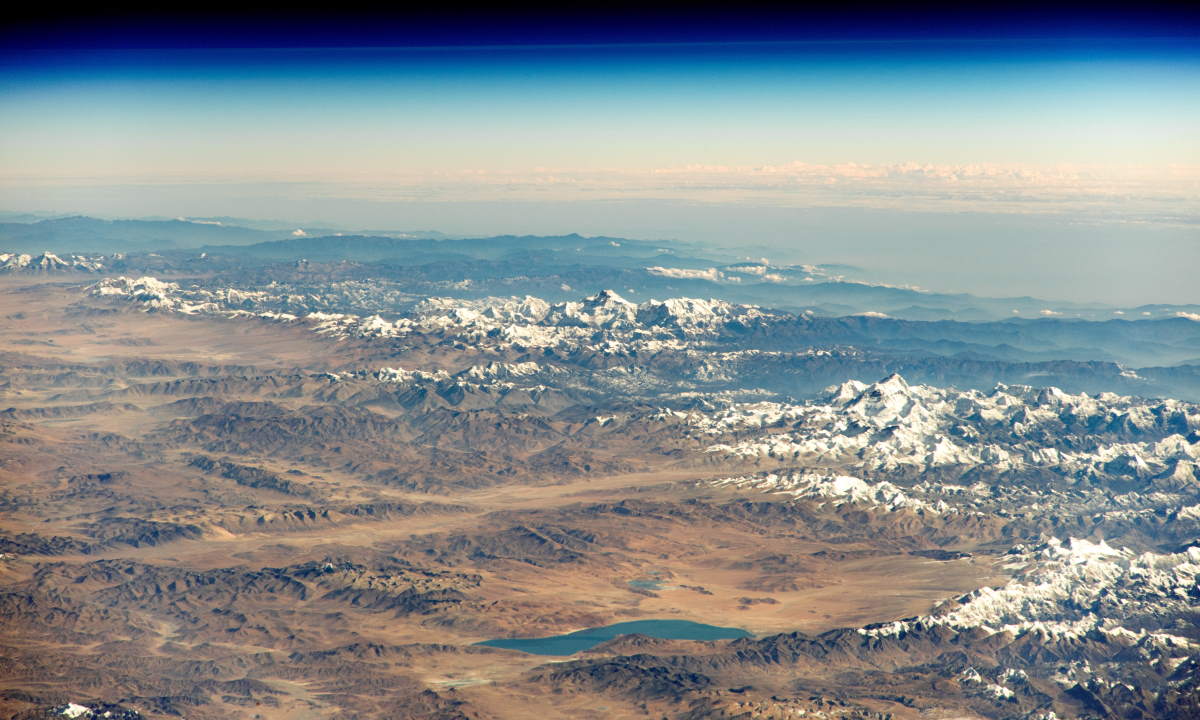From 1980 to 1989, the National Aeronautics and Space Administration (NASA) experienced one of its most eventful and transformative decades. During these years, NASA’s budget reflected the agency’s evolving priorities and the challenges it faced. This era was defined by significant milestones, including the launch and regular missions of the Space Shuttle program, which revolutionized space transportation. However, it was also marked by the tragic Challenger disaster in 1986. Through highs and lows, NASA’s funding patterns during this decade provide insights into the U.S. government’s commitment to space exploration and its response to unforeseen events. This article will detail the year-by-year budget of NASA throughout the 1980s, juxtaposed against the backdrop of its achievements and challenges.
